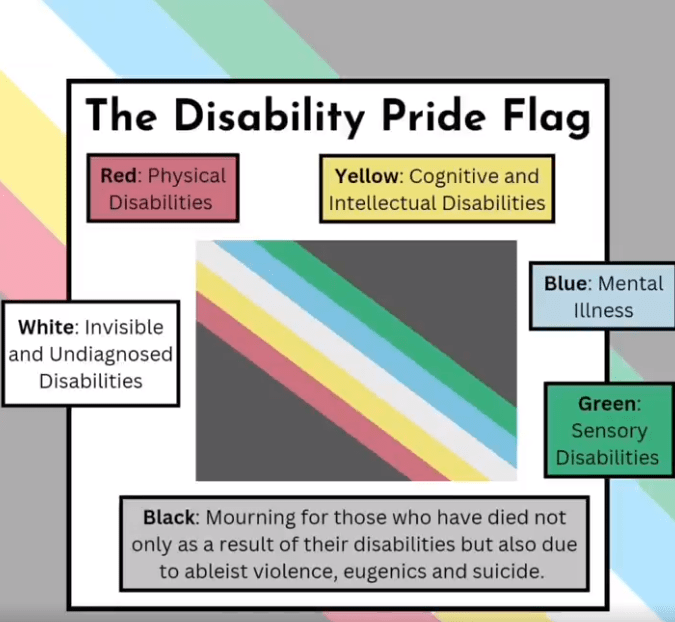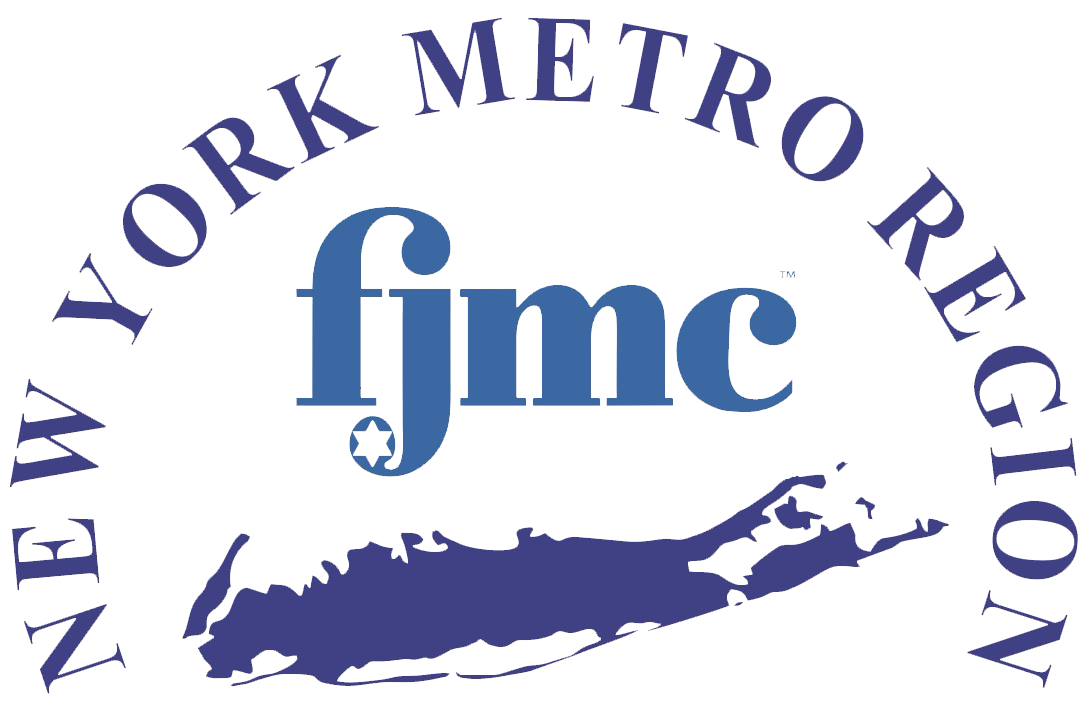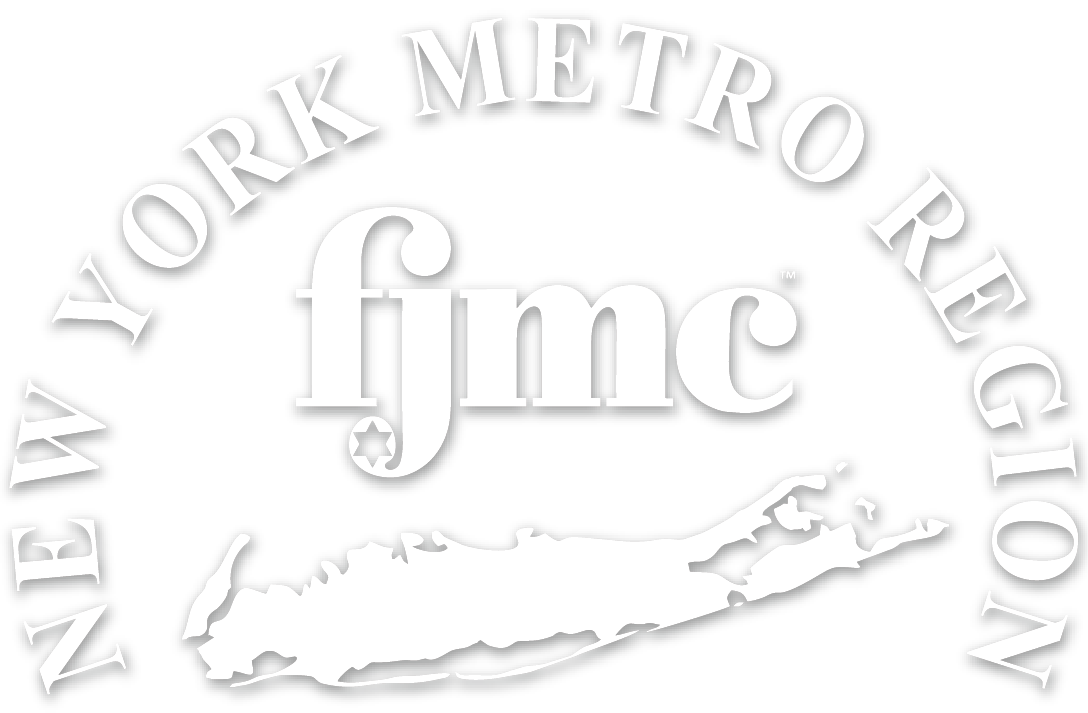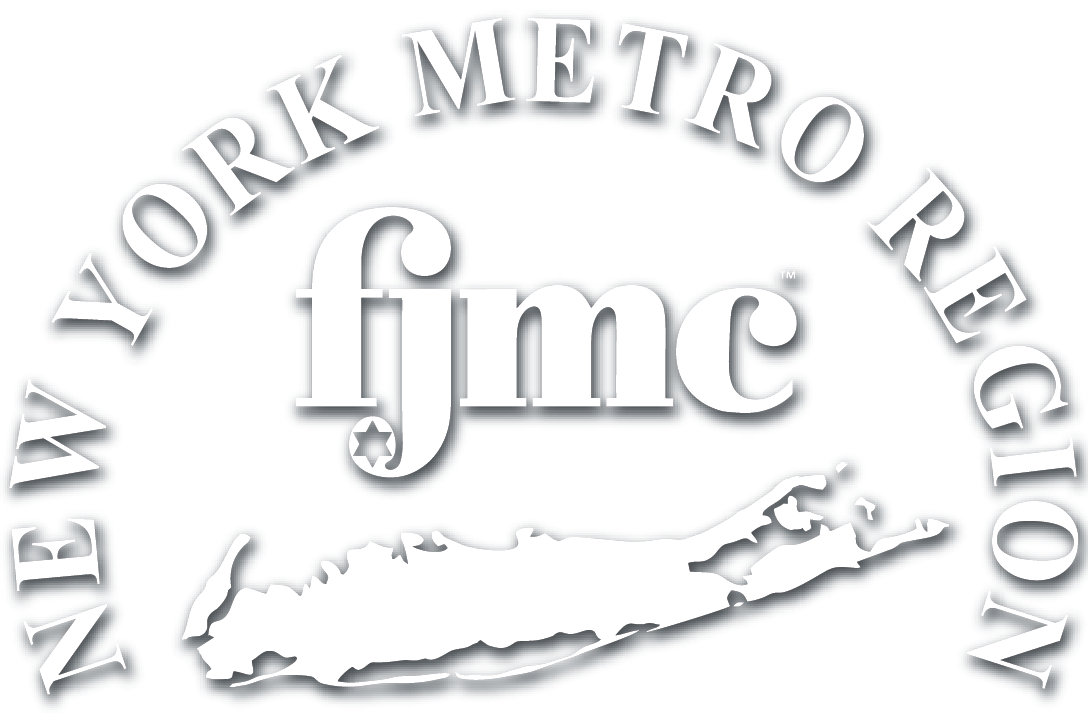Uncategorized
DISABILITY PRIDE MONTH
by Steven Mandel MD
Disability Pride Month (DPM) is an annual July celebration that recognizes the contributions, history and struggles of individuals with disabilities. It’s a time to honor diversity within the disability community, celebrate accomplishments, and advocate for inclusion and accessibility. It is linked to the signing of the American Disabilities Act of 1990, a landmark civil rights law that prohibits discrimination of people with disabilities. DPM is a response and counteraction against stigma and ableism, a belief that typical abilities are superior. It calls upon us to raise awareness, embrace diversity, and challenge negative stereotypes.
Disability can no longer be understood as a sole feature of the individual but rather includes the outcome and interaction of the person with a health condition and with their environment. The World Health Organization ( WHO) denotes disability as a universal human experience, in the same sense that everyone can be placed on a continuum of functioning. Disability prevalence differs by race, ethnicity, sexual orientation and other forms of marginalization.
The annual Disability Unite Festival is scheduled for July 13th at the Naumburg Bandshell in Central Park. The event will feature Music, Arts, Advocacy, and more, available both in person and virtually at DisabilityUnite.org

Disability Pride Flag:
Red: Represents physical disabilities
Gold: Represents neurodiversity
White: Represents non-visible and undiagnosed disabilities
Blue: Represents emotional and psychiatric disabilities
Green: Represents sensory disabilities
The ADA defines Disability as a physical or mental impairment that substantially limits one or more of the major life abilities of an individual: a record of impairment, or being regarded as having an impairment.
Ability encompasses skills, talents and the capacity to navigate and contribute to society. Ability relates to resilience, creativity, and determination beyond physical and cognitive capacity. Ability comes in many forms: physical, mental, and social.
We know disabilities do not define a person’s worth or potential. Understanding diversity leads to an inclusive society, where everyone’s contributions are valued and supported. Disability is a natural part of human diversity. When thinking of a person with a disability, think of them as bringing value by being able to uniquely reframe what others see, hear, feel and sense.
Judaism teaches us that every person is created B’Tzelem Elohim, in the image of G-d, with inherent value and unique strength.
Albert Einstein had dyslexia. Stephen Hawking, in his wheelchair, used a computerized voice, and helped us to understand space and time with his unique theory of cosmology. Thomas Edison had hearing loss and used hearing aids. Helen Keller contributed to our society not despite but because of her being blind and deaf.
Noam Gershony, an Israeli Paralympic athlete won a gold medal in wheelchair tennis, after surviving a helicopter crash. Steven Wiltshire a British artist with autism drew detailed drawings of cityscapes from memory. Judith Heumann ( z”l), contracted polio at the age of 18 and used a wheelchair throughout her life. She was instrumental in the passage of the Americans with Disability Act. Rabbi Darby Leighone serves as a Senior Rabbi at Temple Sinai in North Miami; he is deaf.
Inclusive language for people with disabilities refers to words that are respectful and accurate. It involves person-first language and avoiding terms that carry negative and disrespectful connotations. Instead of disability, we should say and think about different abilities, highlighting their abilities, successes, and transferable skills. We should focus on their adaptable skills and affirm their contributions and self confidence.
What should our response be to a person with a disability?
We can provide peer support, by recognizing the strengths of others. We can share experiences. We can be an ally, mentor and advocate. We can create deep emotional connections, and together create brotherhood, friendship, and leadership. Judaism teaches us not to consider disability as a barrier to leadership and spiritual greatness, but rather the diversity of human experience.
For those people living with a disability, we should not think of lower expectations, but honor different kinds of learning and leadership. People should not be defined by what they lack, but by what they bring.
With opportunities to thrive and with peer support, we can create an accessible environment to find strength and pride in our lives and the lives of others. We can foster innovation, problem solving, while we help others build confidence and self-esteem, take positions of leadership, challenge stereotypes, and unlock the potential for all of us to succeed.
In the synagogue, there are Torah readers with visual and speech impediments. You can advocate for more accessibility when called up for an aliyah or honor. A person with ADHD or dyslexia can mentor a youth with similar issues. You can create a Disability Awareness Shabbat where all congregants join together.
We should want to promote policy changes to advance equity, reduce disparity, and enhance the health and wellbeing of all people with disabilities. We should want to encourage people’s power of determination, social support and personal strength in overcoming challenges.
Let’s work to make this July’s Disability Pride Month one of unity of purpose and appreciation for all of us – together!
Steven Mandel MD



